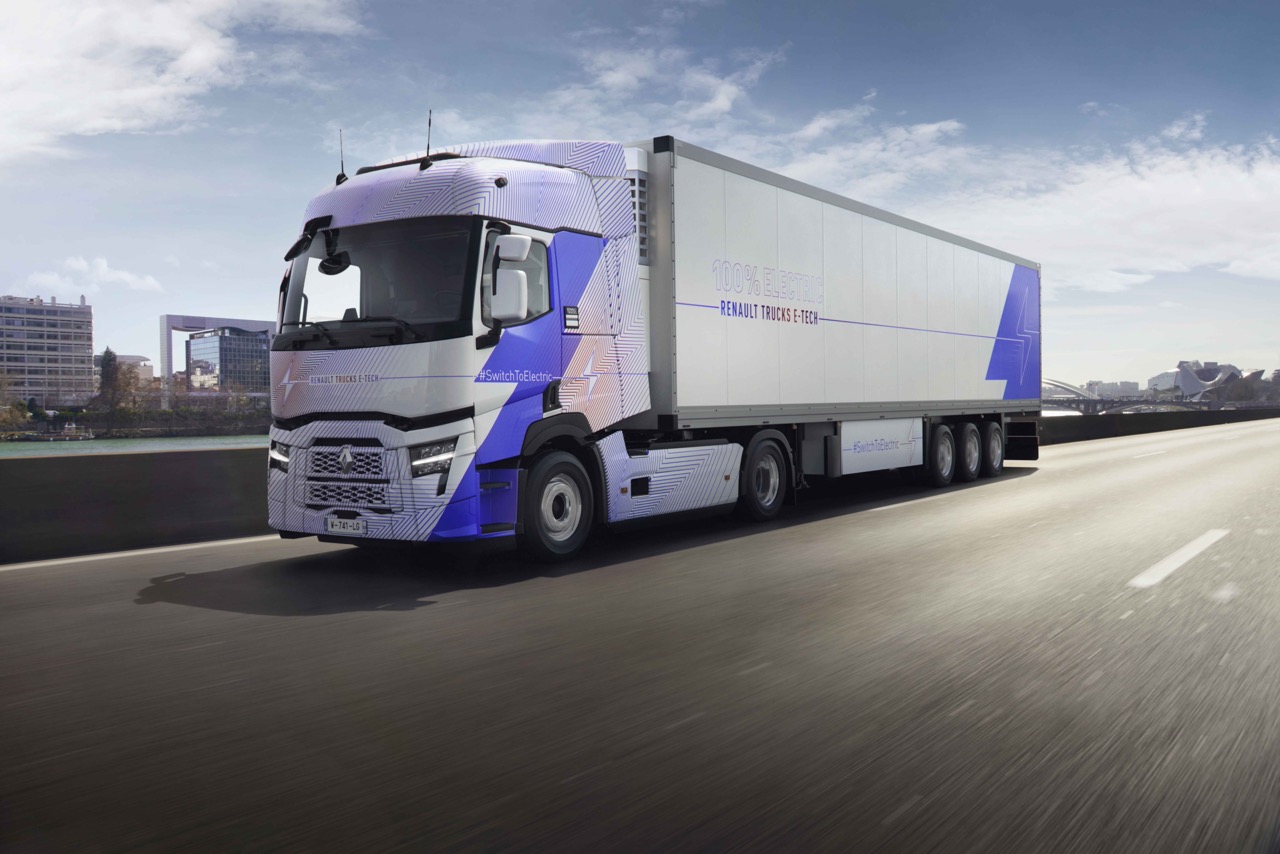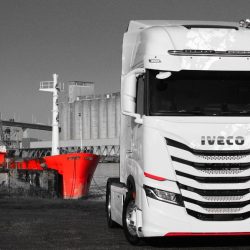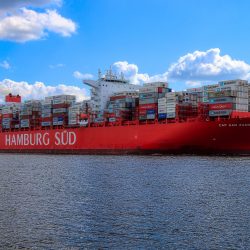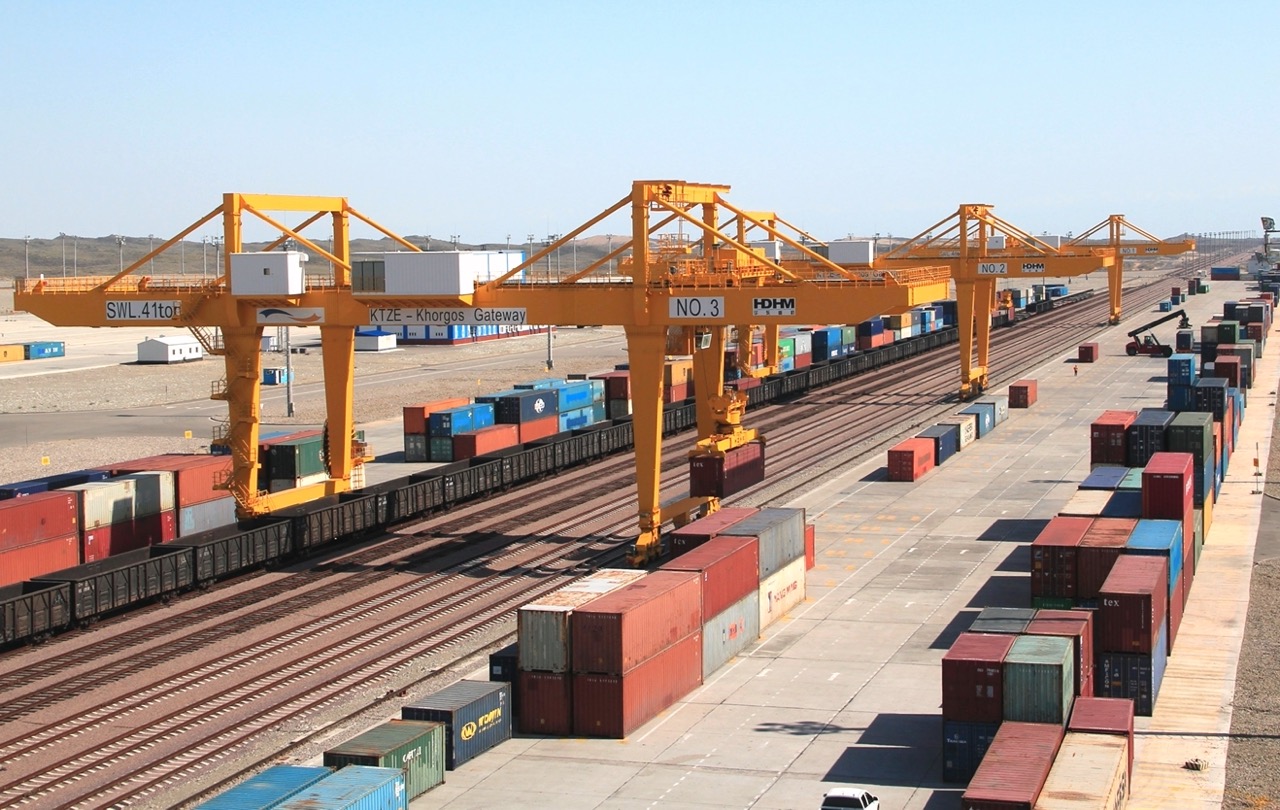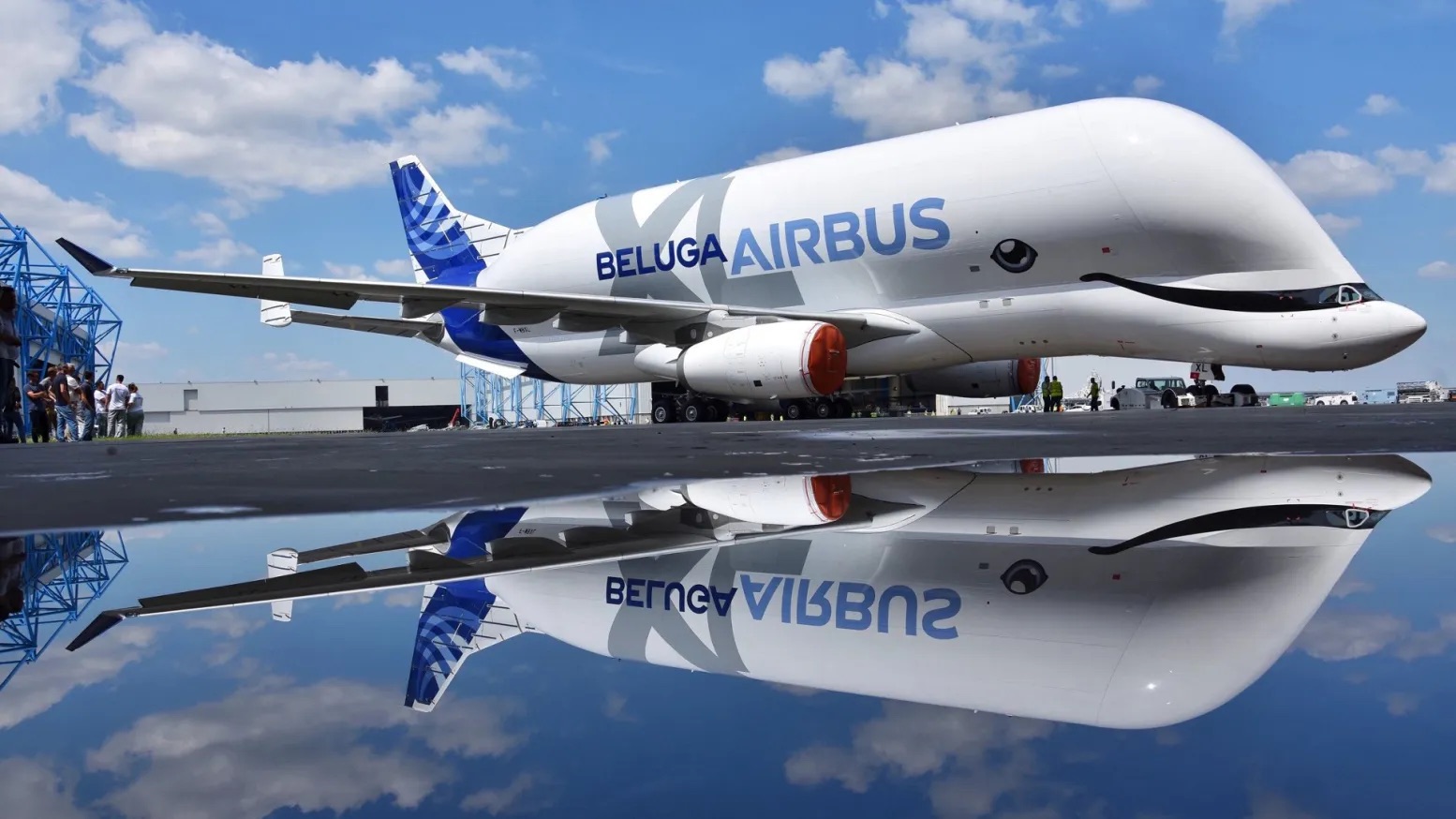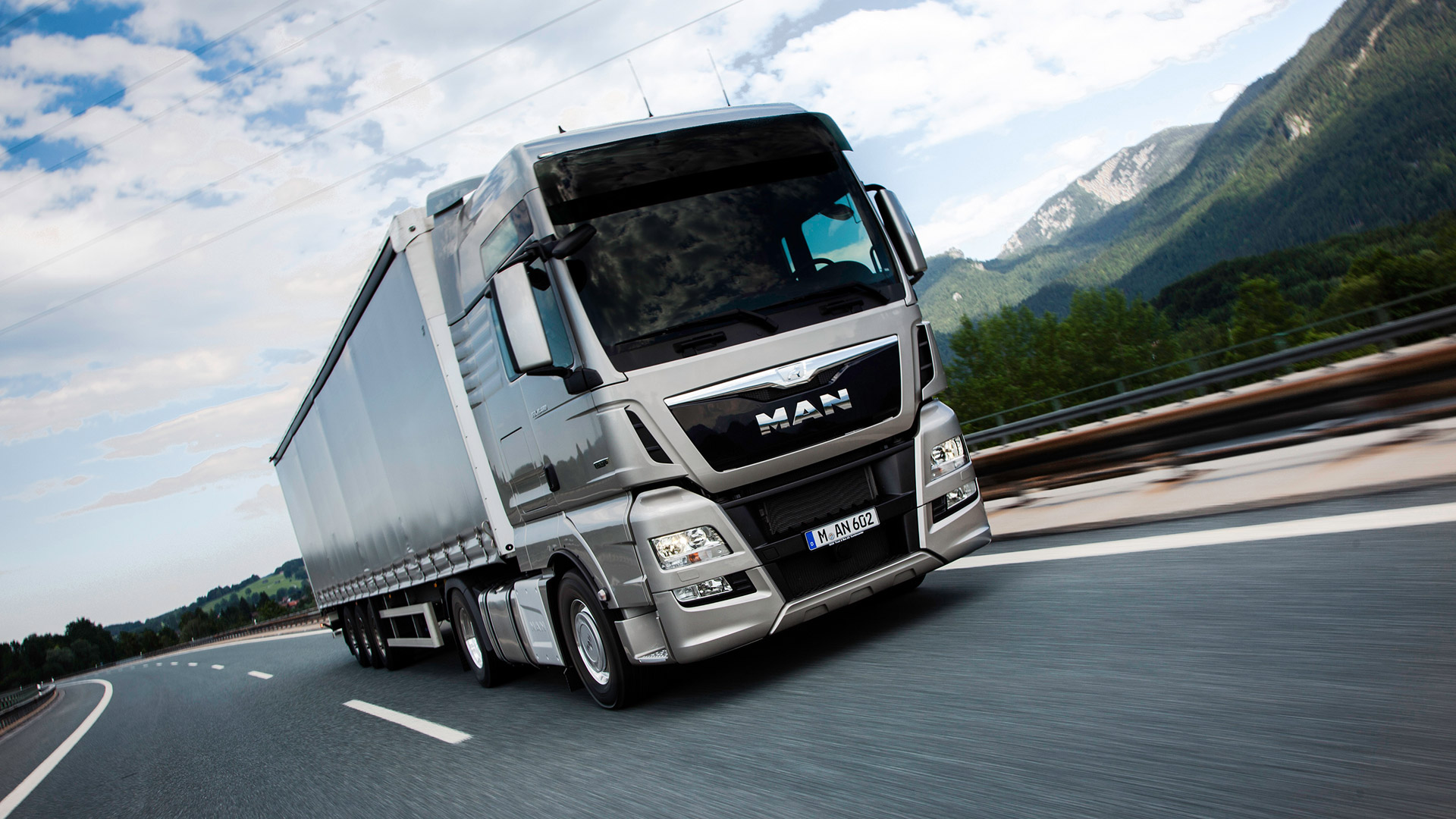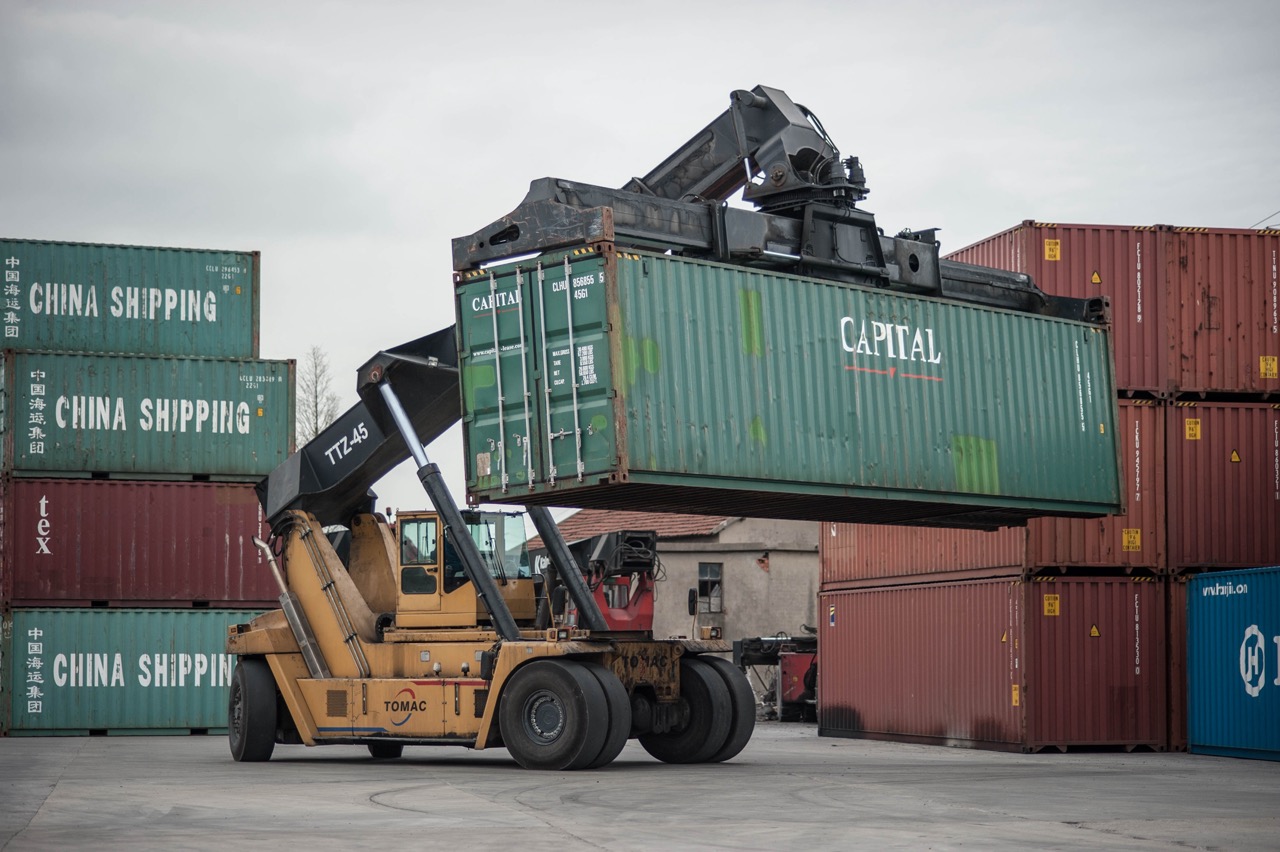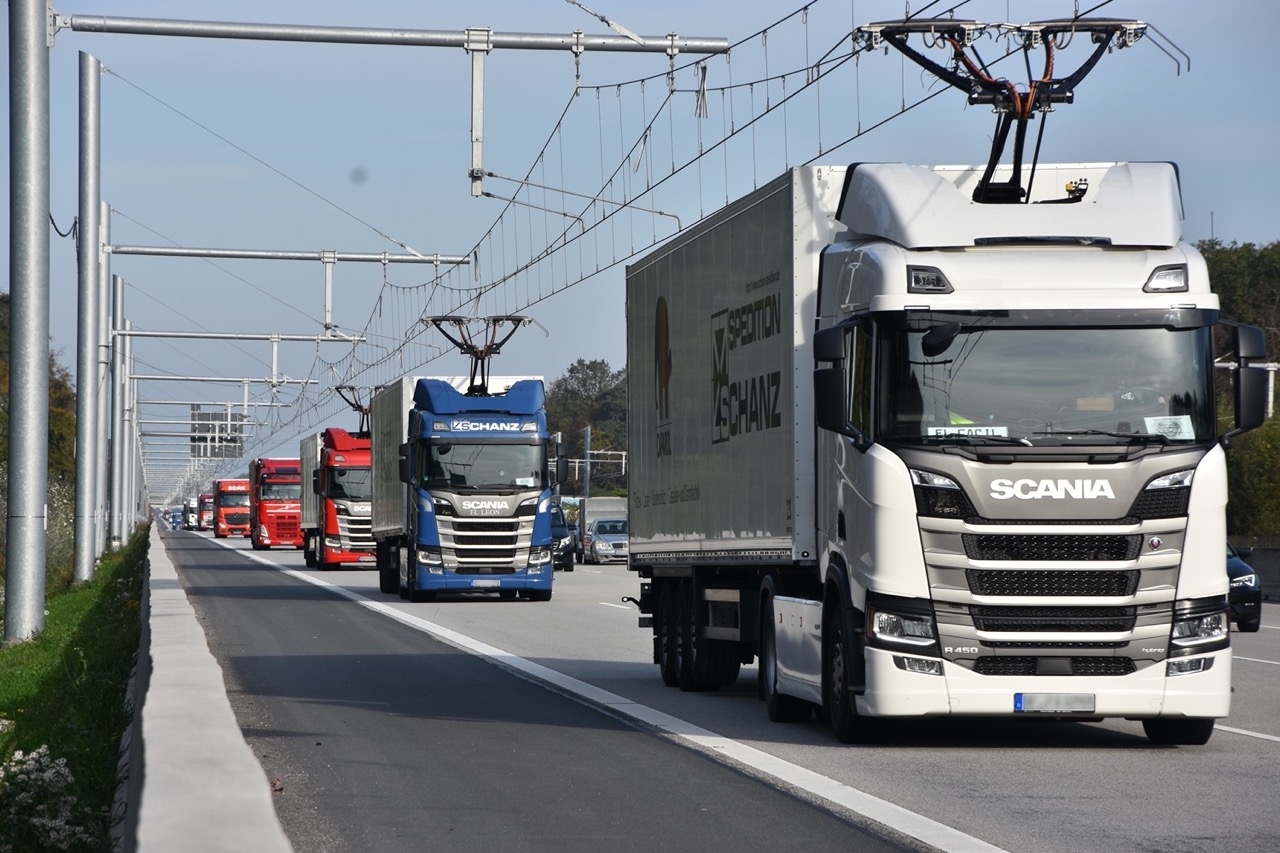How the global rail freight market will develop in the coming years
According to GMI’s analysis, the global rail freight market will grow steadily over the next eight years. A number of factors will drive this growth, including global economic growth.
Sector trends
Analysts estimate that the global rail freight market will be worth $335.6 billion in 2023. The market will grow by more than 5% per year from 2024 to 2032. One of the stimulating factors in this case, according to experts, is the development of the economy and production growth. In addition, the volume of global trade is expected to soar during this period. As a result, the freight transport market will be increasingly in demand.
A number of countries are already experiencing growth in this sector. A prime example is India, where the market grew at a CAGR of 5% during the financial year 2023-2024. The total volume transported during this period was 1.5 billion tonnes.
Transporting goods by rail has several advantages:
- high cost-effectiveness as compared to roads over long distances;
- favourable transportation of bulk and heavy products;
- it is considered to be a more environmentally friendly transport option in terms of emissions.
Given these factors and the growing need to transport large volumes of goods, the market has great potential. It is expected to reach a size of over US522 billion by 2032.
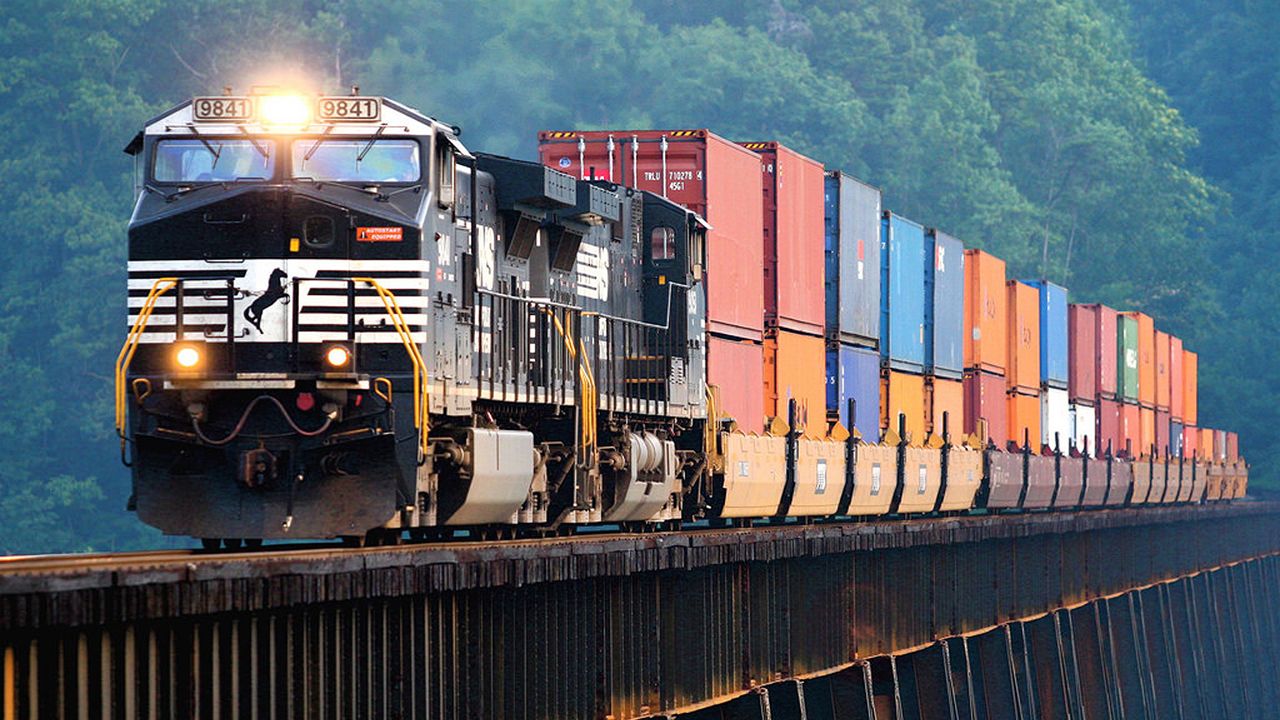
Market drivers and challenges
Analysts say global conditions are favourable for the growth of rail transport. More and more carriers are choosing rail for long-distance transport. Forecasts suggest that the following factors will drive the market in the coming years:
- increasing industrial production;
- tighter carbon dioxide emission standards;
- infrastructure development;
- growing trade volumes;
- economic globalisation trends.
Despite these positive factors, the rail sector also faces challenges that limit its development. These include strong competition in the market. The flexibility of other modes of transport makes them more attractive to customers. Rail is also limited by its infrastructure. This makes it impossible to deliver goods to a number of regions. However, many countries are addressing this issue. Governments and companies are investing in modernising rail services. In addition, more and more high-speed rail corridors are emerging, increasing capacity. In addition to high-speed passenger trains, freight trains are also appearing.
Operators are paying particular attention to the digital transformation of the market. This will improve the quality of services and create new opportunities for customers. A number of companies are implementing solutions based on AI and the Internet of Things, which help to improve the efficiency of freight operations.


